Mel Ferrer
The reticent actor who married Audrey Hepburn
The reticent actor who married Audrey Hepburn
Mel Ferrer
1917–2008
The Week
Escape your echo chamber. Get the facts behind the news, plus analysis from multiple perspectives.

Sign up for The Week's Free Newsletters
From our morning news briefing to a weekly Good News Newsletter, get the best of The Week delivered directly to your inbox.
From our morning news briefing to a weekly Good News Newsletter, get the best of The Week delivered directly to your inbox.
Though Mel Ferrer appeared in more than 100 theatrical and TV films, he was a natural introvert who struggled with his extroverted profession. “I curl up inside and freeze when I have to act,” he once remarked, going so far as to say that his dual identity rendered him “a screaming schizoid.” He was particularly ambivalent about what may have been his best-known, real-life role, that of Audrey Hepburn’s husband.
“Tall, dark, and sinewy,” the “doe-eyed” Ferrer was born in New Jersey to a Cuban surgeon and an American socialite, said The Washington Post. After dropping out of Princeton, he began acting. Early in his career, polio shriveled his arm; he called the hellish experience a “sort of nonalcoholic Lost Weekend.” But by sheer will, he exercised himself back to health. Ferrer drew on his illness for one of his best roles, that of “a crippled puppeteer who communicates his love for orphan girl Leslie Caron through his marionettes” in Lili (1953). He also memorably played a light-skinned black doctor who passes for white in Lost Boundaries (1949) and a bullfighter in The Brave Bulls (1951).
Ferrer met Audrey Hepburn at a party hosted by Gregory Peck in 1954, said the London Telegraph. “He wooed her relentlessly, and at his urging she agreed to star with him as the water sprite in a Broadway production of Ondine.” They were married later that year; it was her first marriage and his fourth. He set about helping Hepburn’s career. He got her $350,000, a huge sum at the time, for her role in War and Peace (1956), in which he co-starred. He was the producer of Wait Until Dark (1967), in which Hepburn played a blind woman tormented by drug smugglers. But Ferrer “was perceived as a Svengali who promoted, yet was jealous of, her talent.” The two were divorced in 1968 “amid rumors of an affair between the actress and Albert Finney, her co-star in Two for the Road.”
Among Ferrer’s other credits were the World War II epic The Longest Day (1962) and Sex and the Single Girl (1964), said the London Express. In the 1980s, he was also a regular on the prime-time soap opera Falcon Crest. Increasingly, he turned to directing, explaining: “I much prefer sitting on the sidelines and trying to get the best out of other people.” Ferrer kept largely to himself in later years. But “at Audrey Hepburn’s funeral in Switzerland in 1993, one of those following the cortege was a tall, thin, white-haired man in his mid-70s.” It was Ferrer, who had come to pay his last respects to his ex-wife. “They had barely spoken for 25 years.”
A free daily email with the biggest news stories of the day – and the best features from TheWeek.com
-
 How drones have detected a deadly threat to Arctic whales
How drones have detected a deadly threat to Arctic whalesUnder the radar Monitoring the sea in the air
-
 A running list of the US government figures Donald Trump has pardoned
A running list of the US government figures Donald Trump has pardonedin depth Clearing the slate for his favorite elected officials
-
 Ski town strikers fight rising cost of living
Ski town strikers fight rising cost of livingThe Explainer Telluride is the latest ski resort experiencing an instructor strike
-
 Joanna Trollope: novelist who had a No. 1 bestseller with The Rector’s Wife
Joanna Trollope: novelist who had a No. 1 bestseller with The Rector’s WifeIn the Spotlight Trollope found fame with intelligent novels about the dramas and dilemmas of modern women
-
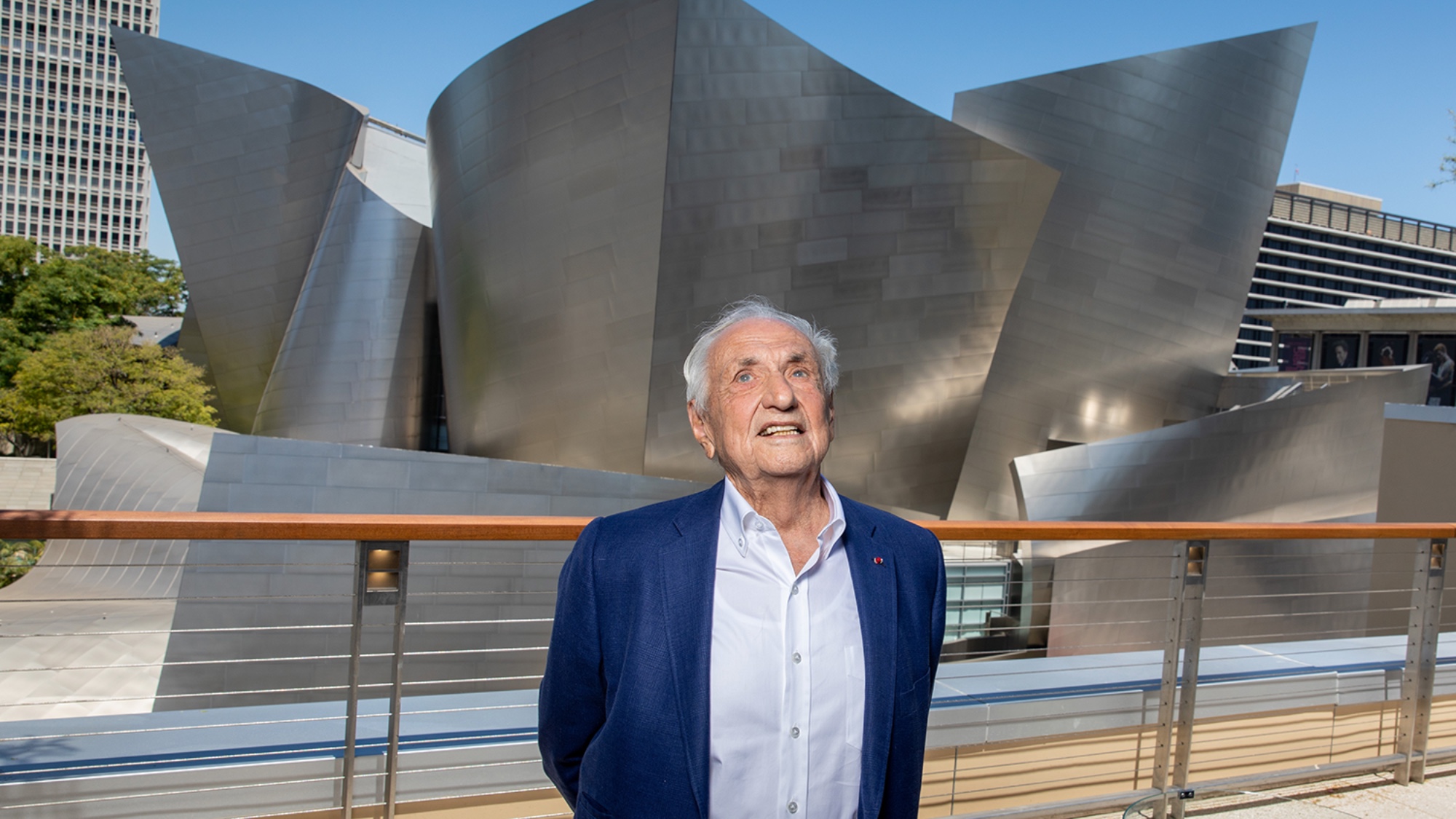 Frank Gehry: the architect who made buildings flow like water
Frank Gehry: the architect who made buildings flow like waterFeature The revered building master died at the age of 96
-
 R&B singer D’Angelo
R&B singer D’AngeloFeature A reclusive visionary who transformed the genre
-
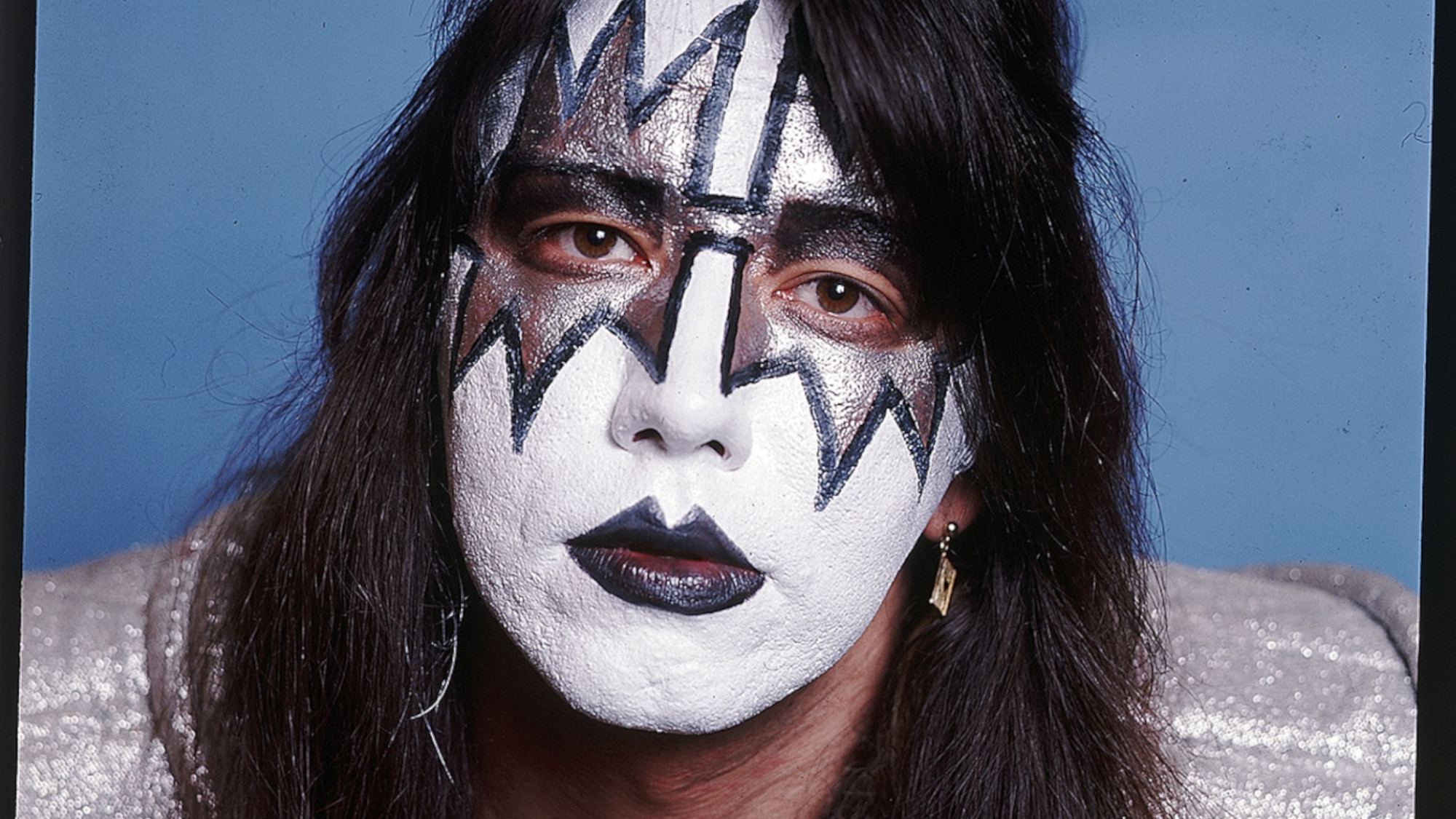 Kiss guitarist Ace Frehley
Kiss guitarist Ace FrehleyFeature The rocker who shot fireworks from his guitar
-
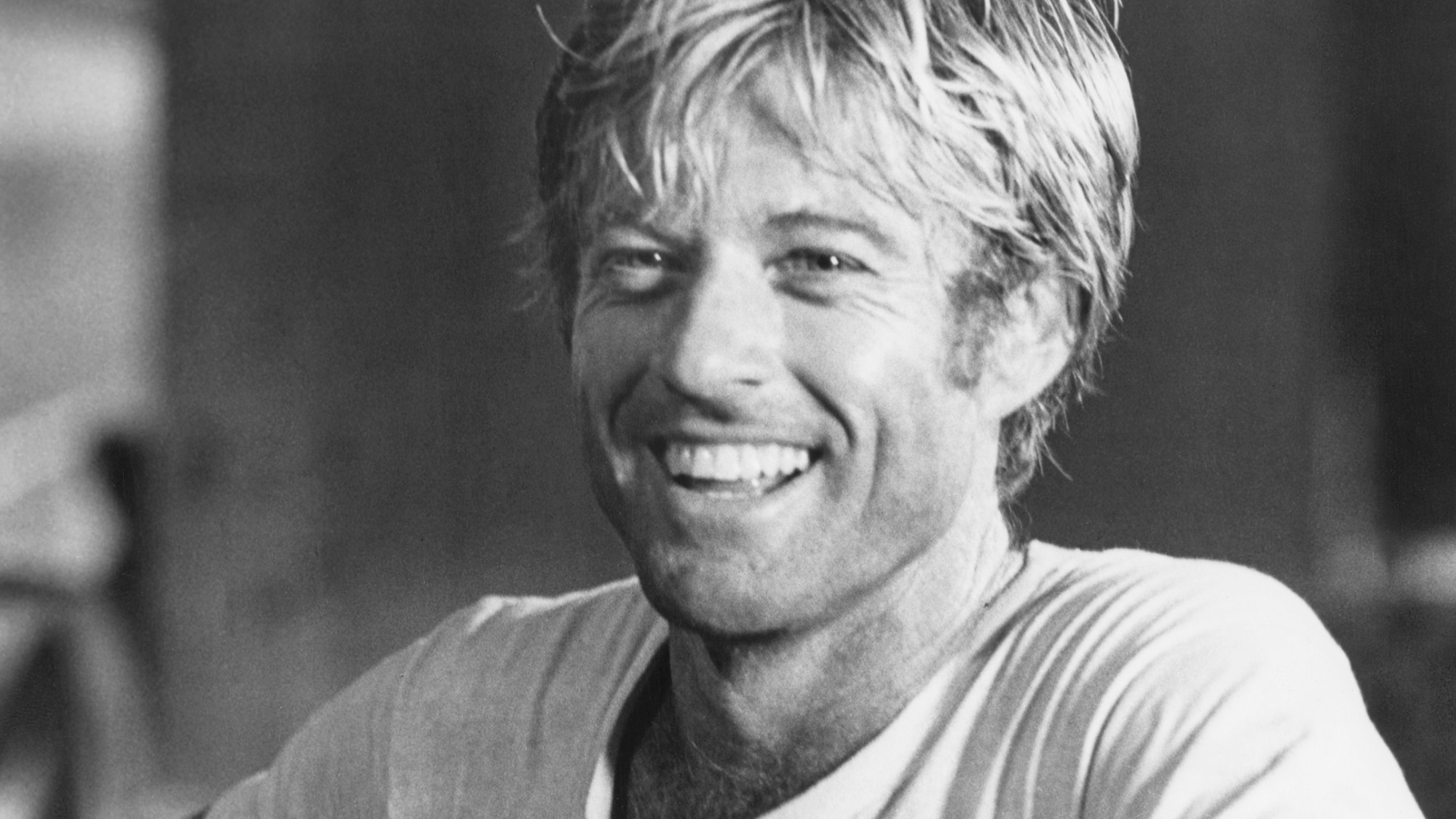 Robert Redford: the Hollywood icon who founded the Sundance Film Festival
Robert Redford: the Hollywood icon who founded the Sundance Film FestivalFeature Redford’s most lasting influence may have been as the man who ‘invigorated American independent cinema’ through Sundance
-
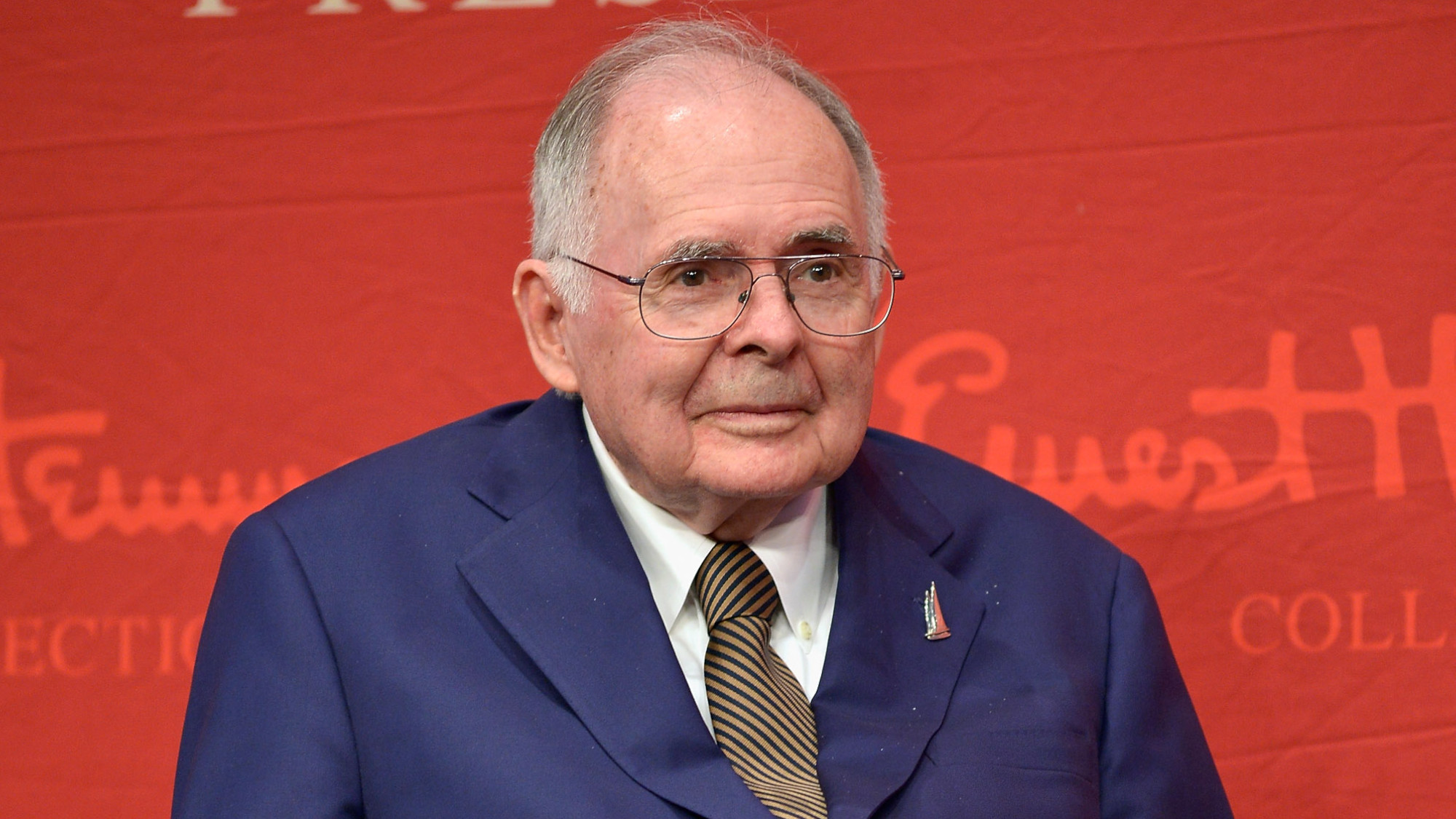 Patrick Hemingway: The Hemingway son who tended to his father’s legacy
Patrick Hemingway: The Hemingway son who tended to his father’s legacyFeature He was comfortable in the shadow of his famous father, Ernest Hemingway
-
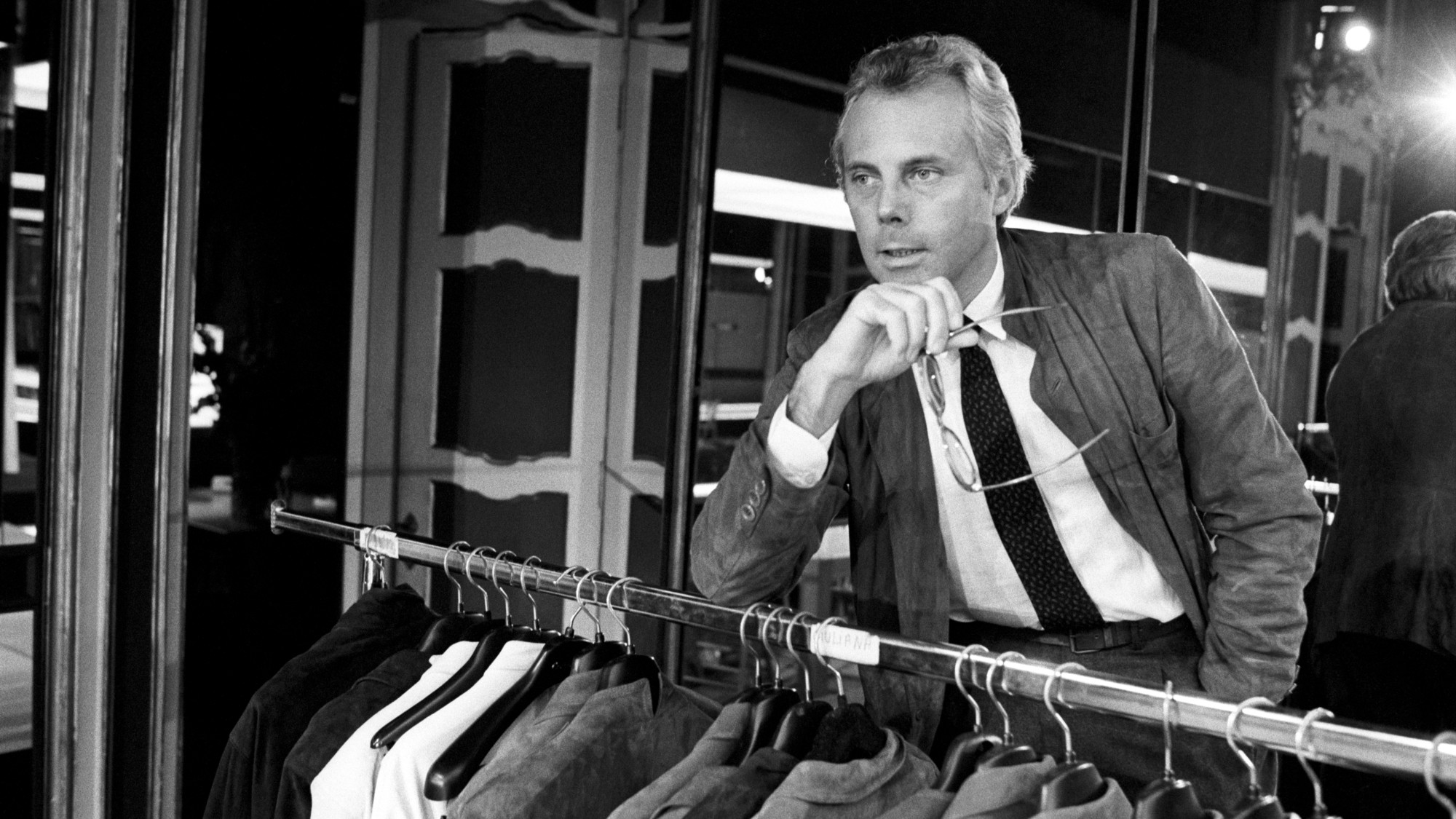 Giorgio Armani obituary: designer revolutionised the business of fashion
Giorgio Armani obituary: designer revolutionised the business of fashionIn the Spotlight ‘King Giorgio’ came from humble beginnings to become a titan of the fashion industry and redefine 20th-century clothing
-
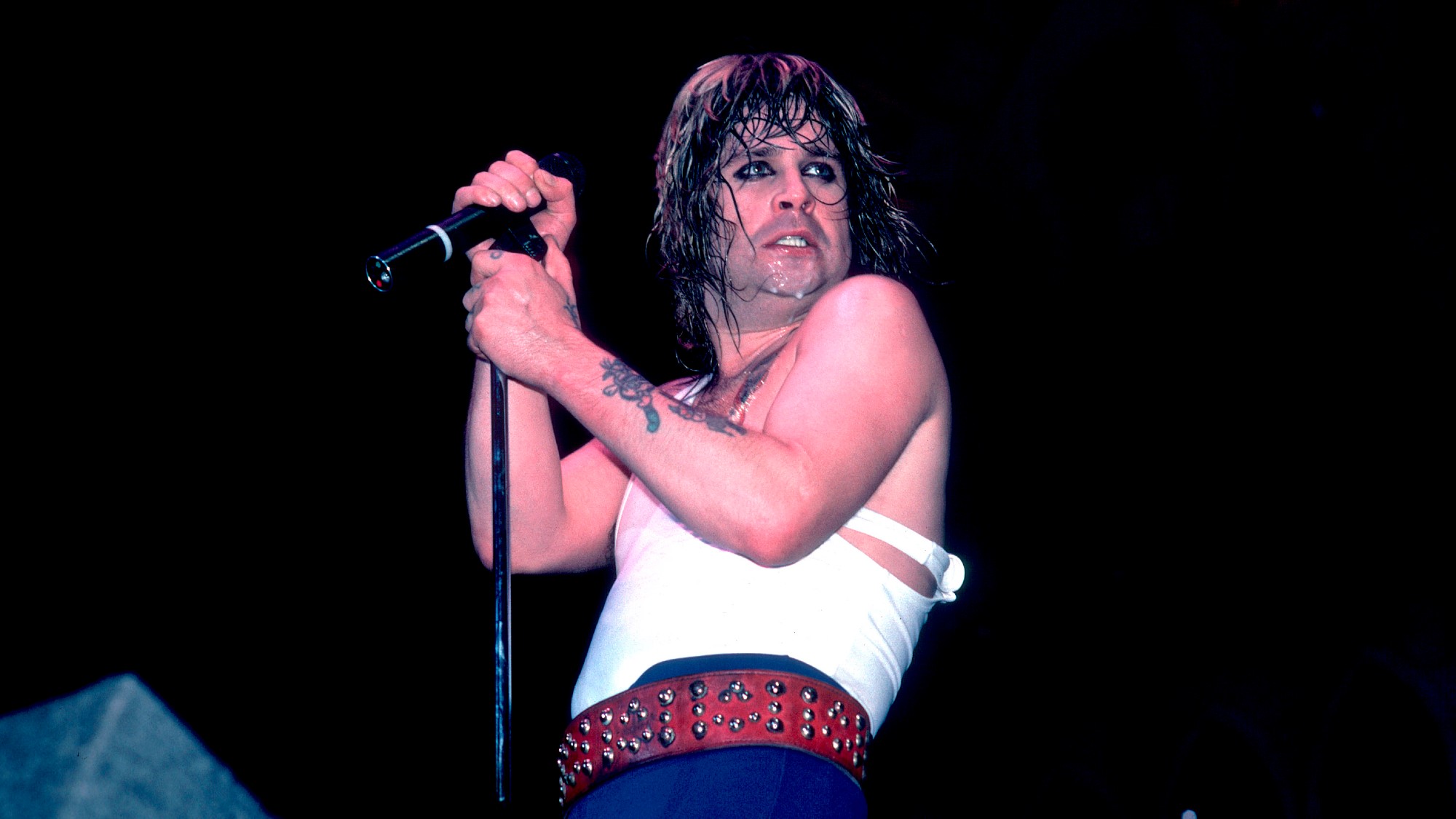 Ozzy Osbourne obituary: heavy metal wildman and lovable reality TV dad
Ozzy Osbourne obituary: heavy metal wildman and lovable reality TV dadIn the Spotlight For Osbourne, metal was 'not the music of hell but rather the music of Earth, not a fantasy but a survival guide'